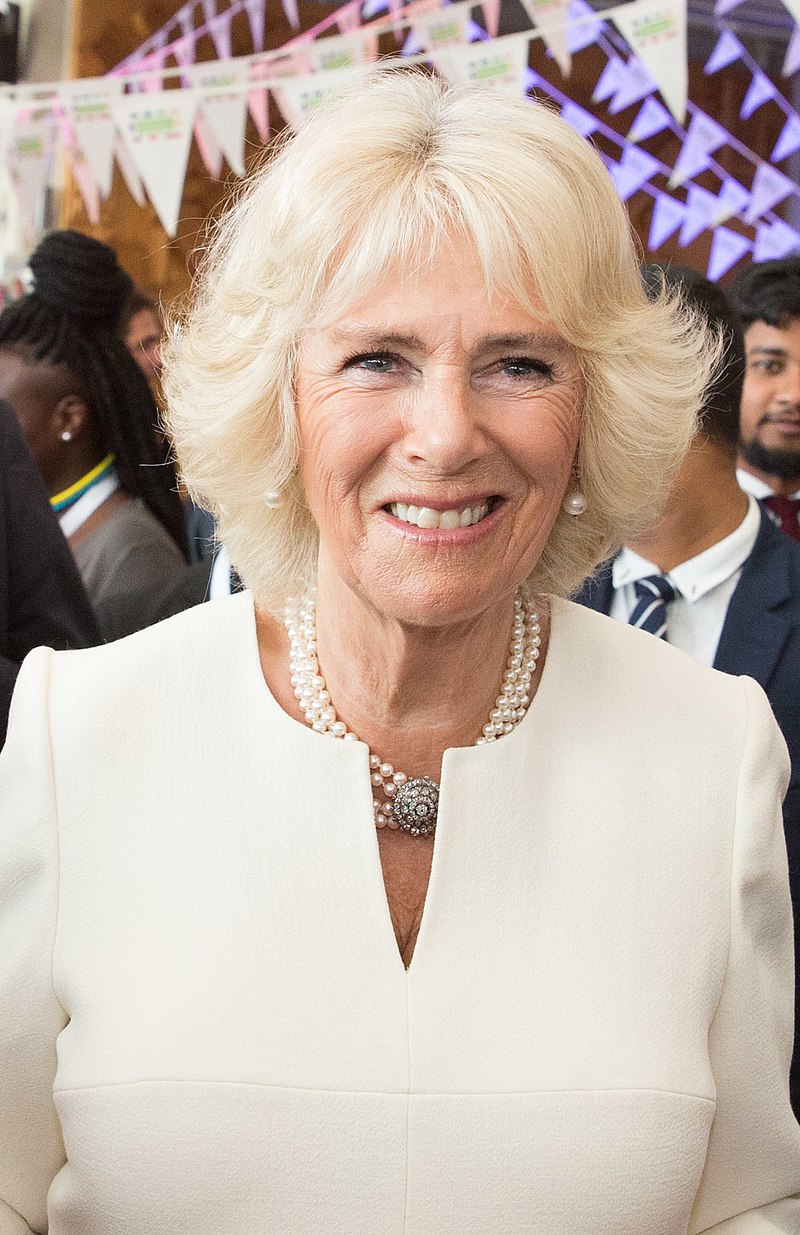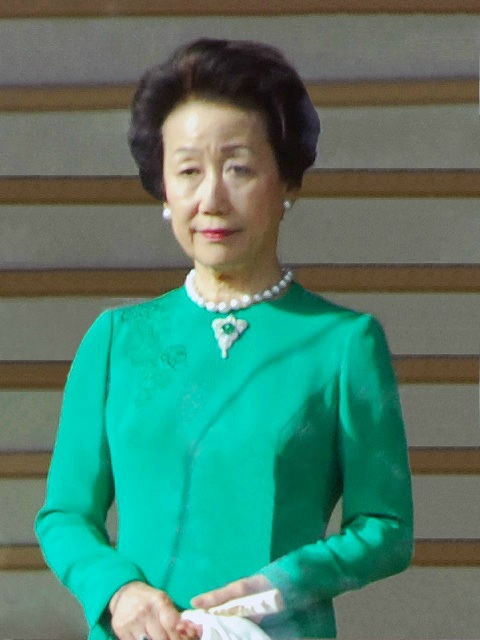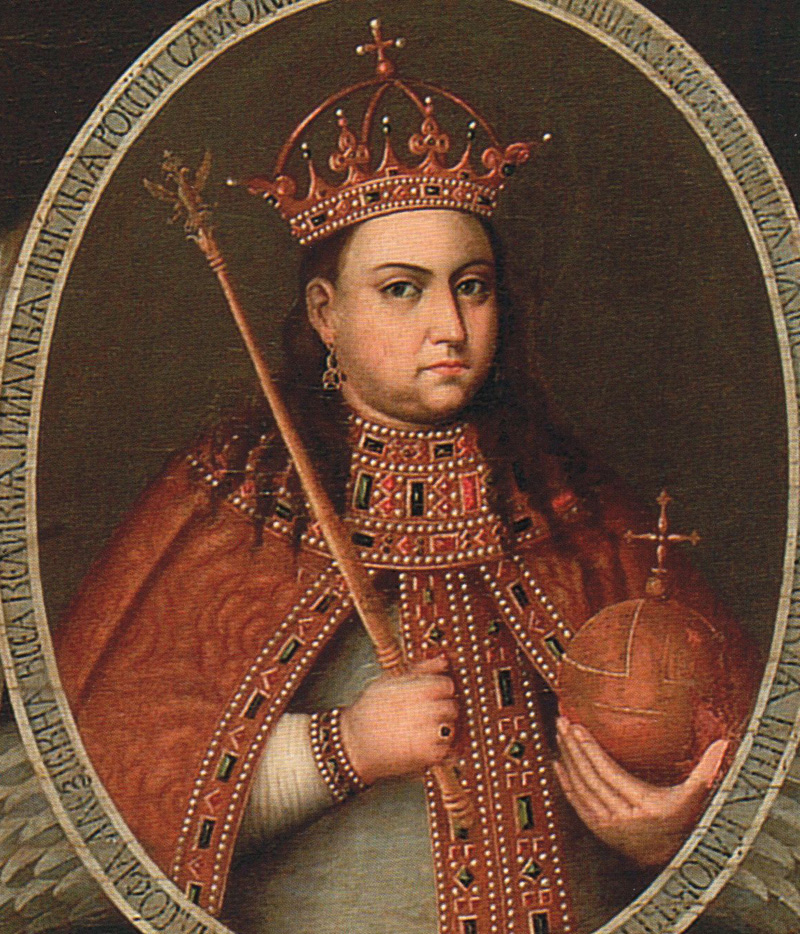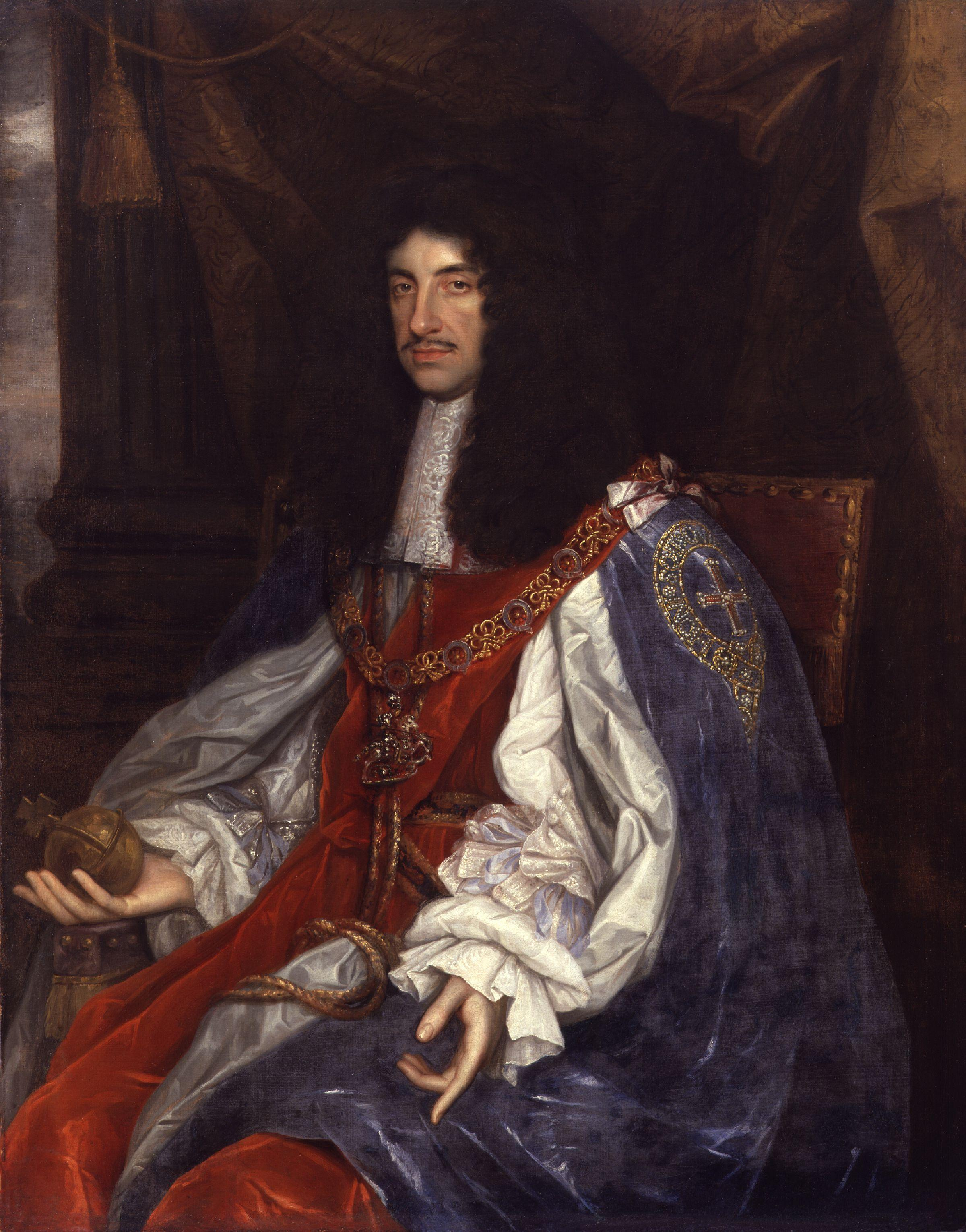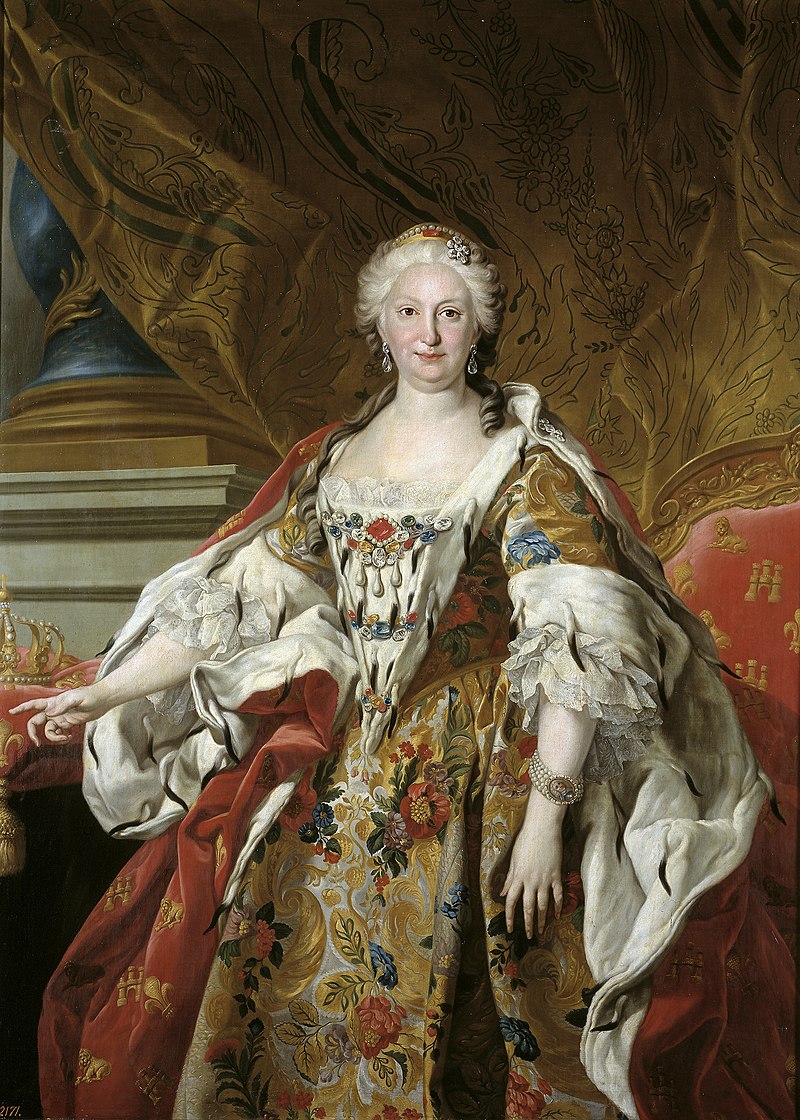© Unofficial Royalty 2024
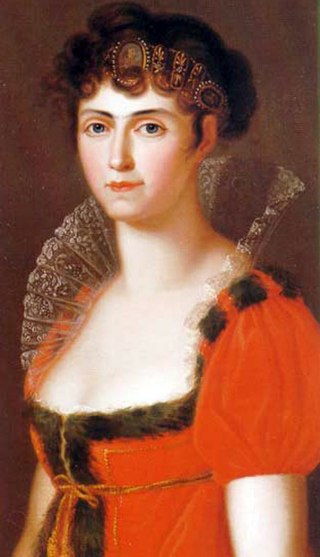
Caroline of Baden, Queen of Bavaria; Credit – Wikipedia
July 13, 1608 – Birth of Ferdinand III, Holy Roman Emperor in Graz, Archduchy of Austria, now in Austria
In 1636, Ferdinand II, Holy Roman Emperor arranged for his son to be elected King of the Romans, ensuring he would be the next Holy Roman Emperor as Ferdinand III. On February 15, 1637, at the age of fifty-eight, Ferdinand II, Holy Roman Emperor died and his son was elected Holy Roman Emperor. Ferdinand III became Holy Roman Emperor at the beginning of the last decade of the Thirty Years’ War (1618 – 1648) and had been commander-in-chief of the army since 1634. The Thirty Years’ War was one of the longest and most destructive conflicts in European history, with an estimated 4.5 to 8 million soldiers and civilians dying as a result of battle, famine, and disease. During Ferdinand III’s reign, the power of the Holy Roman Empire, which had increased during his father’s reign, declined.
Unofficial Royalty: Ferdinand III, Holy Roman Emperor, Archduke of Lower and Inner Austria, King of Bohemia, King of Hungary and Croatia
July 13, 1776 – Birth of Caroline of Baden, Queen of Bavaria, the second wife of King Maximilian I Joseph of Bavaria, in Karlsruhe, Margraviate of Baden, now in Baden-Württemberg, Germany
Full name: Friederike Caroline Wilhelmine
Caroline and her family had numerous additional ties to the Russian, German, and Swedish thrones. She had a deep love of and talent for painting. On March 9, 1797, in Karlsruhe, shortly before her 21st birthday, Caroline married Maximilian, Duke of Zweibrücken (the future King Maximilian I Joseph of Bavaria). Maximilian was twenty years older than Caroline and had been widowed the previous year. In addition to the four surviving stepchildren from Maximilian’s first marriage, Caroline and her husband had seven children including two sets of twins. Caroline was the mother of two Queens of Saxony and a Queen of Prussia and the grandmother of Franz Joseph, Emperor of Austria and his wife Elisabeth of Bavaria.
Unofficial Royalty: Caroline of Baden, Queen of Bavaria
July 13, 1783 – Birth of August I, Grand Duke of Oldenburg at Schloss Rastede near Oldenburg, Grand Duchy of Oldenburg, now in Lower Saxony, Germany
Full name: Paul Friedrich August
In 1817, August married Princess Adelheid of Anhalt-Bernburg-Schaumburg-Hoym. They had two daughters including Amalie who married Prince Otto of Bavaria, later King of Greece. After his first wife died, August married two more times. August became Grand Duke of Oldenburg upon his father’s death in May 1829 and was the first ruler to formally use the title of Grand Duke. His reign saw the development of Oldenburg into one of the cultural centers of Germany, with August also promoting social causes along with the arts and sciences. However, he was unwilling to establish a Constitution, despite being obligated by the rules of the German Confederation. It was only in 1849, after the Revolutions of 1848, that he relented. August I died on February 27, 1853, at the age of 70, and was succeeded by his son Peter II, Grand Duke of Oldenburg from his second marriage.
Unofficial Royalty: August I, Grand Duke of Oldenburg
July 13, 1798 – Birth of Charlotte of Prussia, Empress Alexandra Feodorovna of Russia, wife of Nicholas I, Emperor of All Russia, at Charlottenburg Palace in Berlin, Kingdom of Prussia, now in Brandenburg, Germany
Full name: Friederike Louise Charlotte Wilhelmina
Name after marriage: Alexandra Feodorovna
Charlotte was the eldest of the four daughters and the third of the nine children of King Friedrich Wilhelm III of Prussia and Luise of Mecklenburg-Strelitz. Charlotte’s two elder brothers both became Kings of Prussia and the younger of the two brothers was the first German Emperor. In 1817, Charlotte married Grand Nicholas Pavlovich of Russia, a brother of Alexander I, Emperor of Russia, who had no surviving children. Charlotte took the Russian name Alexandra Feodorovna and gave birth to seven children who would revive the Romanov dynasty. Grand Duke Konstantin Pavlovich, the heir to the Russian throne, forfeited his rights to the Russian throne when he made a morganatic marriage. On December 1, 1825, 47-year-old Alexander I, Emperor of All Russia died and Charlotte’s husband became Nicholas I, Emperor of All Russia.
Unofficial Royalty: Charlotte of Prussia, Alexandra Feodorovna, Empress of All Russia
July 13, 1807 – Death of Henry Stuart, Cardinal Duke of York and King Henry IX to the Jacobites, at the Episcopal Palace in Frascati, Italy, buried in St. Peter’s Basilica in Vatican City
Cardinal Henry Benedict Stuart was the younger of the two sons of James Francis Edward Stuart, The Old Pretender, who was the son of the exiled King James II of England/VII of Scotland. In 1748, Henry was ordained a priest and then made a Cardinal-Priest. He was created Cardinal-Bishop of the Diocese of Frascati near Rome in 1761. Henry became Dean of the College of Cardinals, who is often, but not necessarily, the longest-serving member of the whole College of Cardinals in 1803. Henry was a Cardinal for fifty-six years and is the longest-serving Cardinal in Roman Catholic Church history. However, in modern times it is virtually impossible to become a Cardinal at the age of 22 as Henry did. With Henry’s death, the male line of the Royal House of Stuart was extinct. The Jacobite line of succession passed to King Carlo Emanuele IV of Sardinia through the line of Henrietta of England, Duchess of Orléans, the youngest child of King Charles I of England. The Jacobite line of succession has proceeded over the years to the House of Savoy, the House of Austria-Este, and the House of Wittelsbach. It appears in the future, that it will proceed to the House of Liechtenstein.
Unofficial Royalty: Henry Stuart, Cardinal Duke of York
Unofficial Royalty: The Jacobite Succession – Pretenders to the British Throne
July 13, 1840 – Death of Charlotte Frederica of Mecklenburg-Schwerin, Hereditary Princess of Denmark, first wife of the future King Christian VIII of Denmark, in Rome, Italy; buried at the Teutonic Cemetery adjacent to St. Peter’s Basilica in Vatican City
Charlotte Frederica was divorced from her husband after an alleged affair. She was sent into exile and never again saw her son, the future King Frederik VII of Denmark. She finally settled in Rome where she converted to Roman Catholicism. She died in Rome in 1840, at the age of 55. Charlotte Frederica was buried in a tomb paid for by her son and created by the Danish sculptor Jens Adolf Jerichau at the Teutonic Cemetery, a burial site adjacent to St. Peter’s Basilica in Vatican City that had been dedicated to the German-speaking residents of Rome. On July 11, 2019, the tomb of Charlotte Frederica and the adjacent tomb of Princess Sophia of Hohenlohe-Waldenburg-Bartenstein were opened to search for the remains of Emanuela Orlandi, a 15-year-old who disappeared in 1983. Not only was there no sign of Emanuela’s remains, but the remains of Princess Sophia and Duchess Charlotte Frederica were missing. Vatican officials said they would research the burial records to discover what happened to their remains. It is possible that their remains were moved due to renovations at the end of the 1800s and again in the 1960s and 1970s.
Unofficial Royalty: Charlotte Frederica of Mecklenburg-Schwerin, Hereditary Princess of Denmark
Unofficial Royalty: The Strange Case of the Tombs of Two 19th Century Princesses and a 20th Century 15-Year-Old Missing Girl.
July 13, 1842 – Death of Ferdinand-Philippe, Duke of Orléans, Prince Royal, Prince of Orléans, eldest son and heir of King Louis Philippe I of the French, in Sablonville, France due to a coach accident; buried at Royal Chapel in Dreux, France
In July 1842, Ferdinand was scheduled to leave on a trip to review French troops. Before he left on the trip, he planned to travel from the Tuileries Palace in Paris to nearby Neuilly-sur-Seine where his wife and two sons were staying. On July 13, 1842, Ferdinand left Paris in an open carriage. During the short trip, the horses became out of control and Ferdinand either jumped or was projected out of the carriage, resulting in a skull fracture. Despite the best attention of the doctors, 31-year-old Ferdinand died a few hours later, surrounded by family members who had rushed to the scene.
Unofficial Royalty: Ferdinand-Philippe, Duke of Orléans, Prince Royal, Prince of Orléans
July 13, 1861 – Birth of Maria Ana of Portugal, Grand Duchess of Luxembourg, wife of Grand Duke Guillaume IV of Luxembourg, at Schloss Bonnbach in Wertheim am Main, Grand Duchy of Baden, now in Baden-Württemberg, Germany
Full name: Maria Ana do Carmo Henrique Teresa Adelaide Joana Carolina Inês Sofia Eulália Leopoldina Isabel Bernardina Micaela Gabriela Rafaela Francisca de Assisi and Paula Inácia Gonzaga
Maria Ana was the daughter of the deposed King Miguel I of Portugal and Adelaide of Löwenstein-Wertheim-Rosenberg. She grew up mostly in Austria and Germany due to her father’s exile from Portugal. Despite the family’s status as ex-royalty, Maria Ana and her sisters all married well due in large part to the efforts of their mother. In 1893, Maria Ana married Guillaume, Hereditary Grand Duke of Luxembourg. Maria Ana was Catholic and Guillaume was Protestant. They agreed that their children would be raised as Catholics because the majority of the population of Luxembourg was Catholic. The Grand Ducal Family has been Catholic ever since.
Unofficial Royalty: Maria Ana of Portugal, Grand Duchess of Luxembourg
Lady Mary Fox, aged 65, died on July 13, 1864, in London, England. Her husband Charles survived her by nearly nine years, dying at the age of 76, on April 13, 1873, in London. They are both buried at Kensal Green Cemetery in London, England.
July 13, 1884 – Birth of Caroline Reuss of Greiz, Grand Duchess of Saxe-Weimar-Eisenach, first wife of Wilhelm Ernst, Grand Duke of Saxe-Weimar-Eisenach, in Greiz, Principality of Reuss-Greiz, now in Thuringia, Germany
Full name: Caroline Elisabeth Ida
In 1903, Caroline married Grand Duke Wilhelm Ernst of Saxe-Weimar-Eisenach. The wedding was attended by the groom’s second cousin, Wilhelm II, German Emperor, King of Prussia and his wife Augusta Viktoria, as well as his first cousin, Queen Wilhelmina of the Netherlands and her husband Prince Hendrik. Caroline was against the arranged marriage, and it was only through the insistence of Wilhelm II and his wife Augusta Viktoria that she went through with the ceremony. They had no children. Their marriage lasted less than two years. Caroline died on January 17, 1905, at just 20 years old. Officially, the cause of death was pneumonia, but there were many rumors that she died by suicide.
Unofficial Royalty: Caroline Reuss of Greiz, Grand Duchess of Saxe-Weimar-Eisenach
July 13, 1889 – Birth of Louise of Battenberg (later Lady Louise Mountbatten), Queen of Sweden, second wife of King Gustaf VI Adolf of Sweden, at Schloss Heiligenberg in Seeheim-Jugenheim, Grand Duchy of Hesse and by Rhine, now in Hesse, Germany
Full Name: Louise Alexandra Marie Irene
Louise was the daughter of Prince Louis of Battenberg and Princess Victoria of Hesse and by Rhine, the granddaughter of Princess Alice of the United Kingdom, the great-granddaughter of Queen Victoria of the United Kingdom, and the maternal aunt of Prince Philip, Duke of Edinburgh. In 1923, Crown Prince Gustaf Adolf of Sweden visited London and met Louise at a party. Gustaf Adolf had been a widower for three years following the death of his wife Margaret of Connaught, who was Louise’s first cousin once removed. The couple’s engagement was announced on July 1, 1923. They were married on November 3, 1923, in the Chapel Royal at St. James’s Palace in London. The marriage was a happy one, but unfortunately, they had a stillborn daughter in 1925 and no more children after that. In 1950, Louise’s husband became King Gustaf VI Adolf of Sweden upon the death of his father, and she became queen.
Unofficial Royalty: Louise of Battenberg, Queen of Sweden
July 13, 1957 – Birth of Princess Soamsawali of Thailand, 1st wife of King Vajiralongkorn of Thailand, born Soamsawali Kitiyakara at Guy’s Hospital in London, United Kingdom
Soamsawali’s father was the elder brother of Queen Sirikit, the wife of the late King Bhumibol Adulyadej of Thailand. On January 3, 1977, nineteen-year-old Soamsawali married her twenty-four-year-old first cousin Crown Prince Vajiralongkorn, the only son and the heir of King Bhumibol Adulyadej of Thailand and his wife, Queen Sirikit, Soamsawali’s paternal aunt. The couple had one daughter. Shortly after his first marriage, Crown Prince Vajiralongkorn began living with Yuvadhida Polpraserth, a Thai actress. They had four sons and one daughter. Princess Soamsawali refused divorce for many years, but in 1993, Crown Prince Vajiralongkorn sued for divorce in the family court. Despite the divorce, Vajiralongkorn and Soamsawali remain on cordial terms. Soamsawali was allowed to keep her title of princess and remain a member of the Thai royal family. In 2016, Vajiralongkorn became King of Thailand upon the death of his father. Soamsawali and her daughter continue to play a significant role in royal ceremonies and perform many duties on behalf of the Thai royal family.
Unofficial Royalty: Princess Soamsawali of Thailand
July 13, 1966 – Death of Beatrice of Edinburgh and Saxe-Coburg and Gotha, Duchess of Galliera, granddaughter of Queen Victoria, at her estate El Botánico in Sanlucar de Barrameda, Spain; buried at the convent of the Capuchin Fathers at Sanlúcar de Barrameda, Spain
Full name: Beatrice Leopoldine Victoria
Beatrice was the daughter of Prince Alfred, Duke of Saxe-Coburg and Gotha, Duke of Edinburgh and Grand Duchess Marie Alexandrovna of Russia. She married Infante Alfonso d’Orleans-Bourbon of Spain, the first cousin of Alfonso XIII, King of Spain who had married Beatrice’s first cousin Victoria Eugenie of Battenberg. After the Spanish monarchy was overthrown, the country was thrown into the Spanish Civil War. Beatrice’s second son Alonso was killed in action during the Spanish Civil War, and the family lost their properties. Initially exiled to England, Beatrice and Alfonso eventually returned to Spain in 1937 and settled at a new estate El Botánico in Sanlúcar de Barrameda, where they would live for the rest of their lives.
Unofficial Royalty: Beatrice of Edinburgh and Saxe-Coburg and Gotha, Duchess of Galliera
This article is the intellectual property of Unofficial Royalty and is NOT TO BE COPIED, EDITED, OR POSTED IN ANY FORM ON ANOTHER WEBSITE under any circumstances. It is permissible to use a link that directs to Unofficial Royalty.












